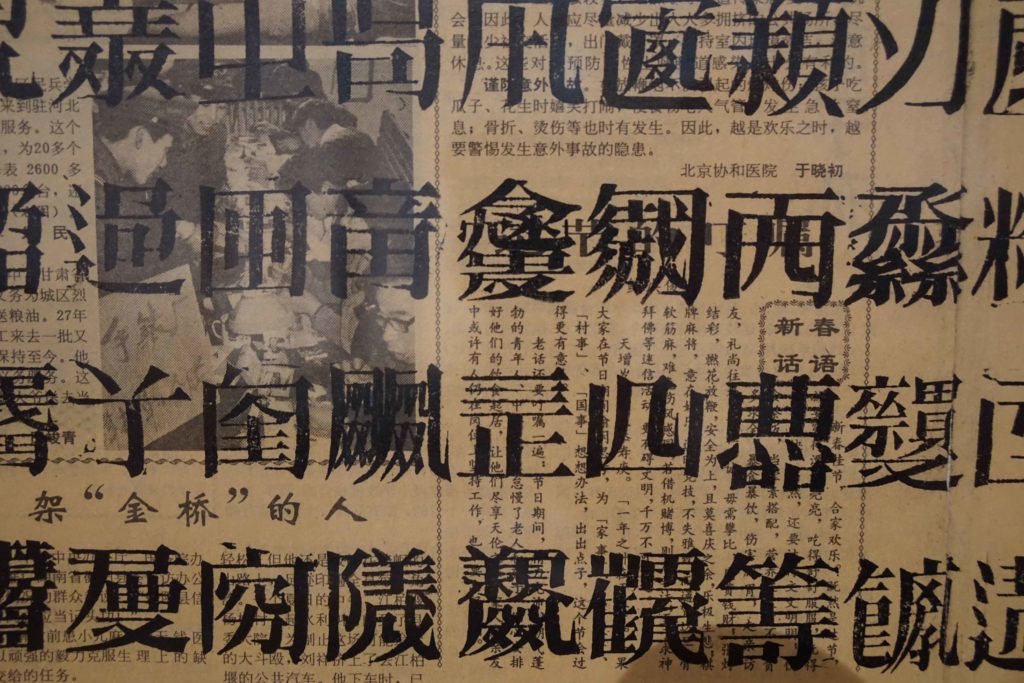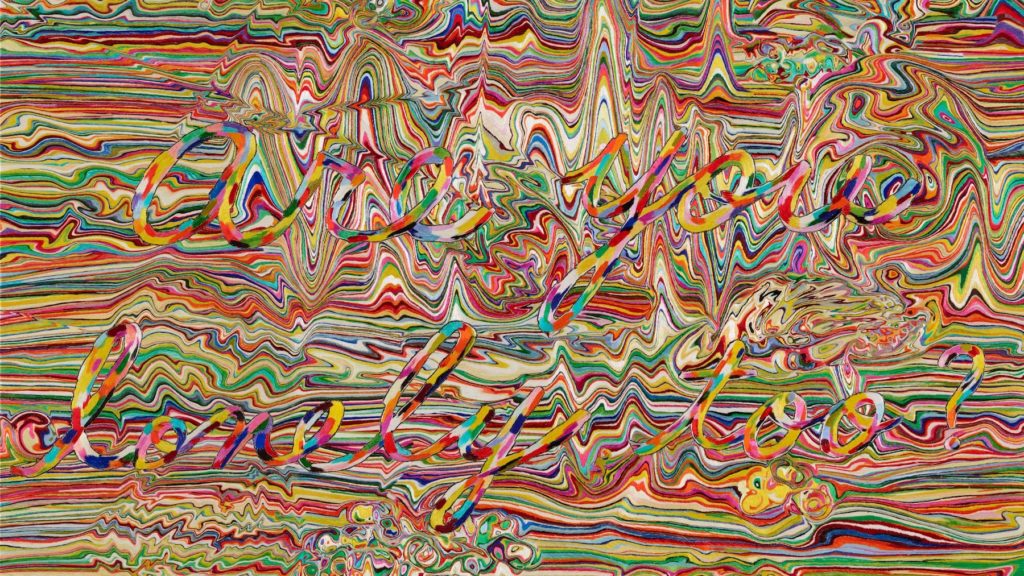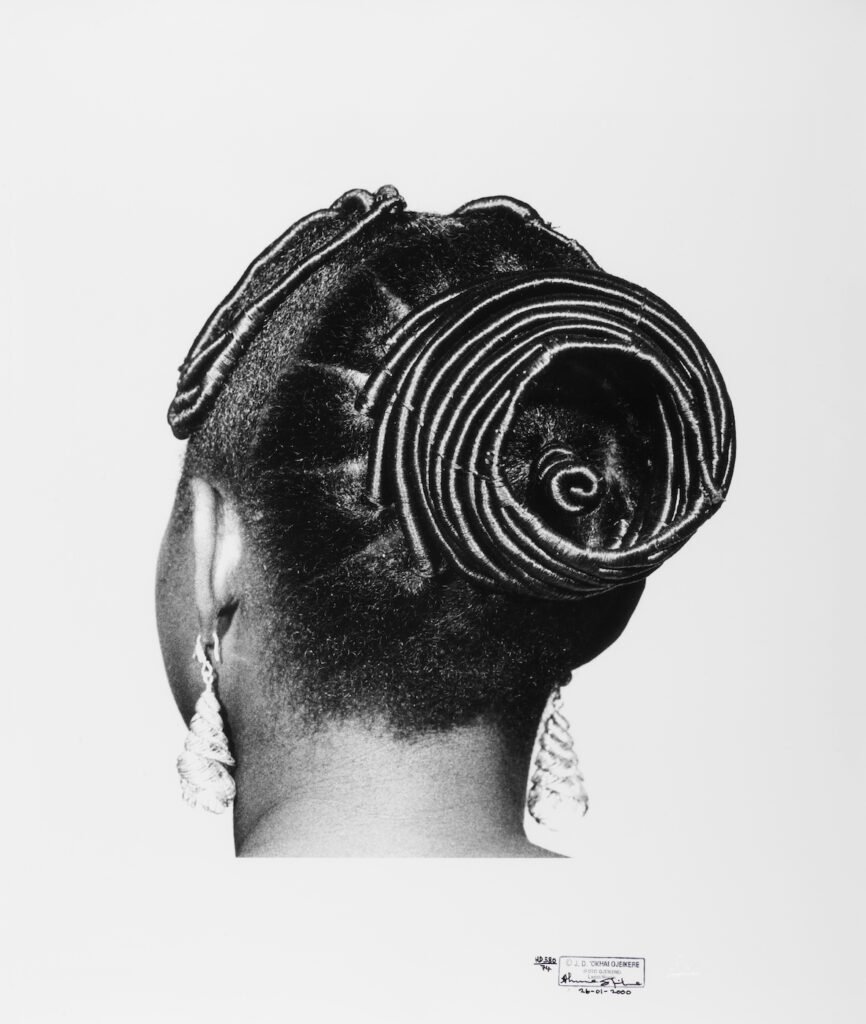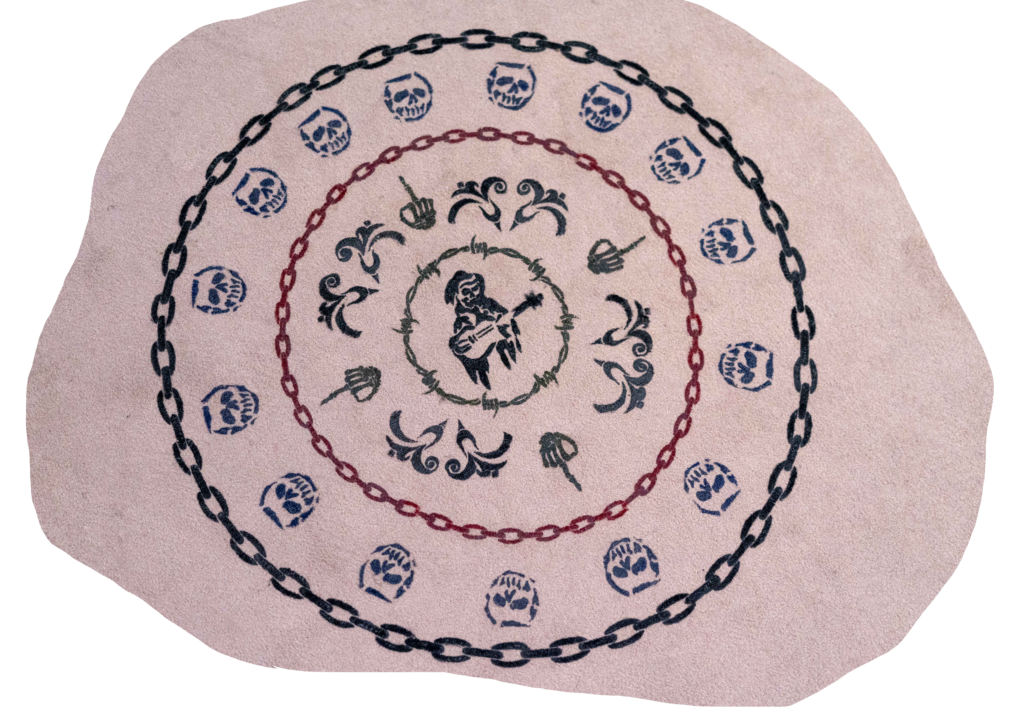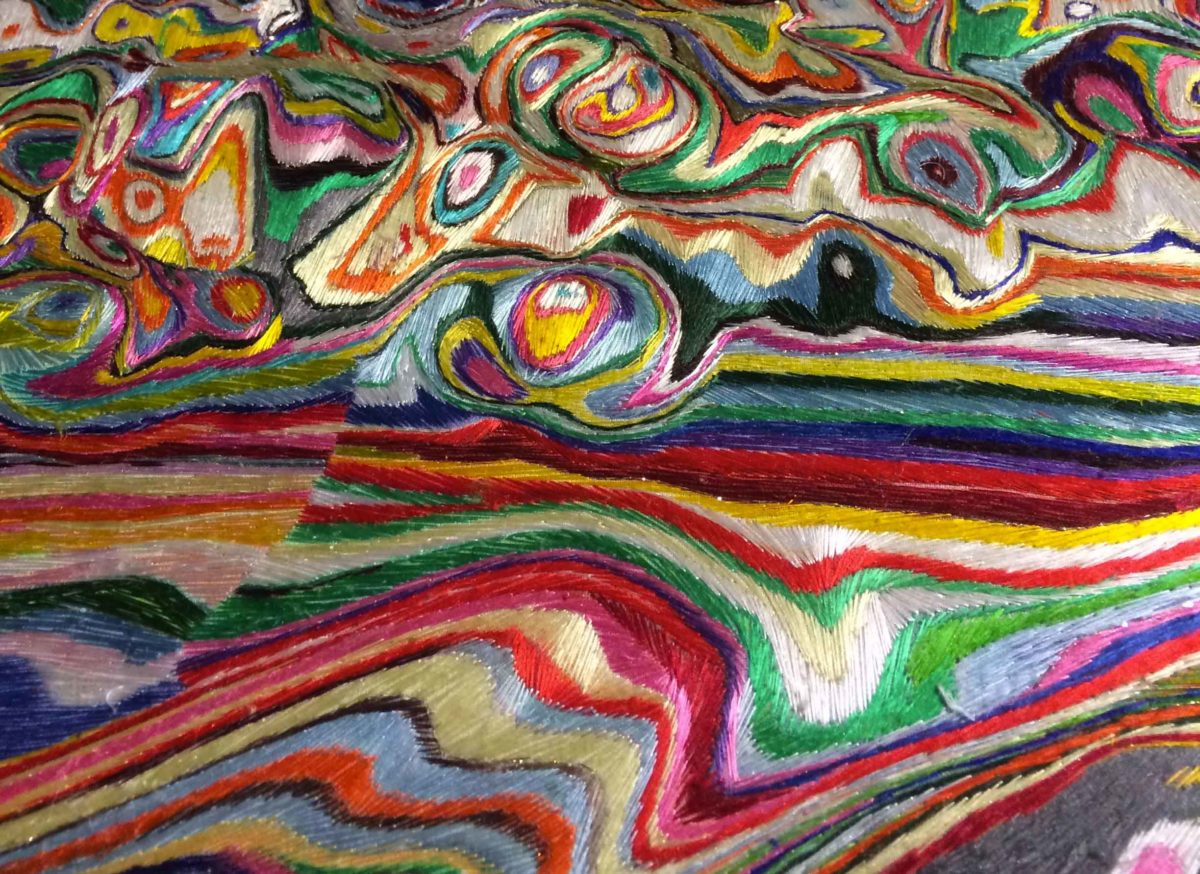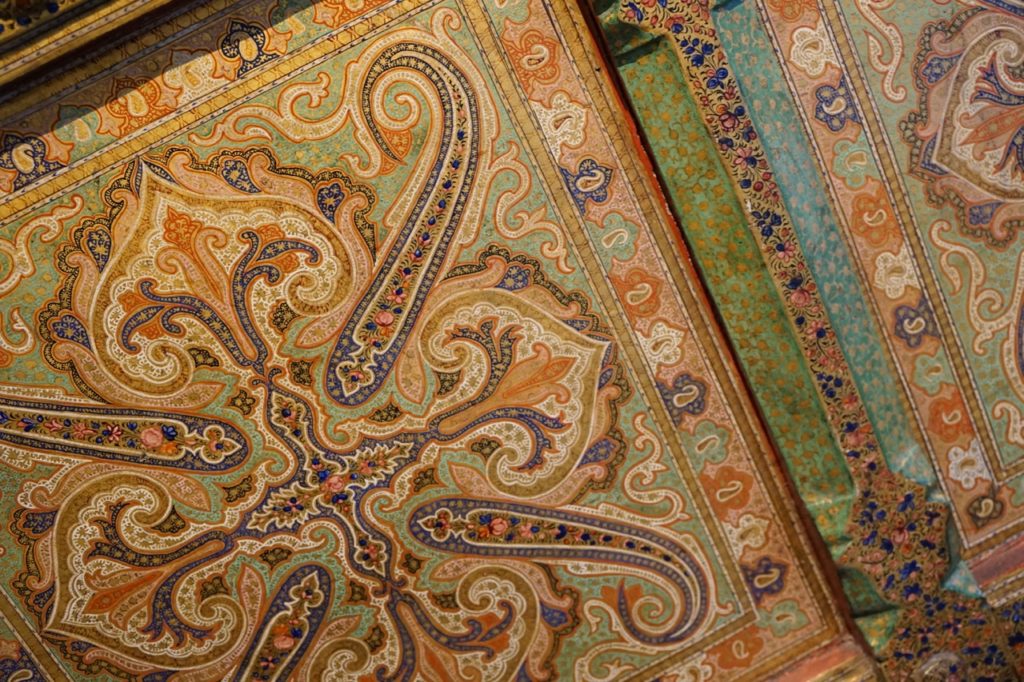
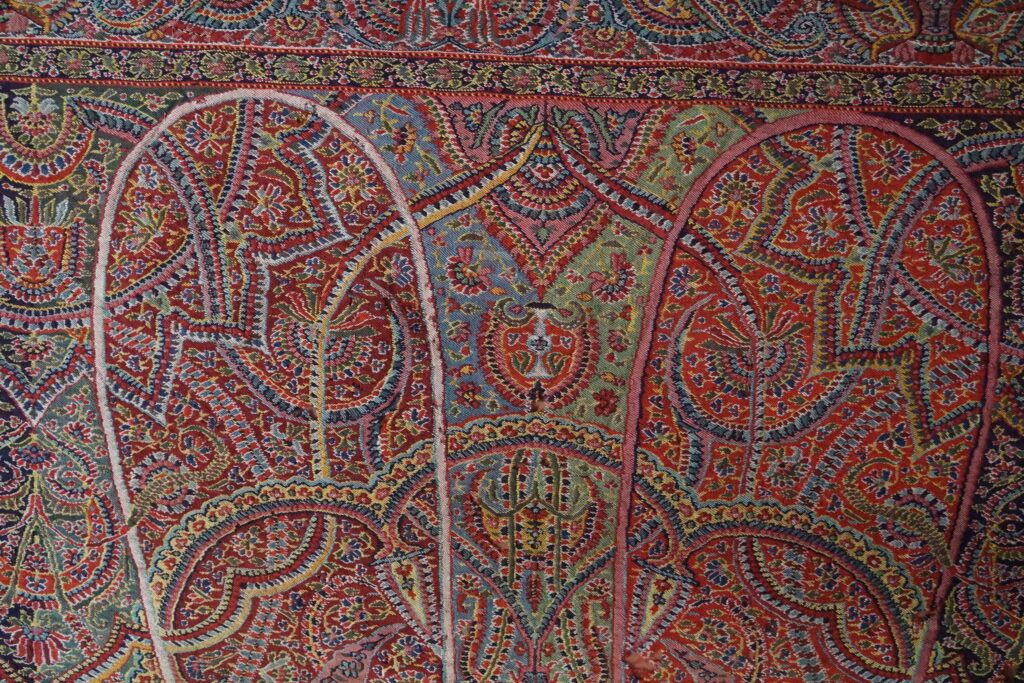
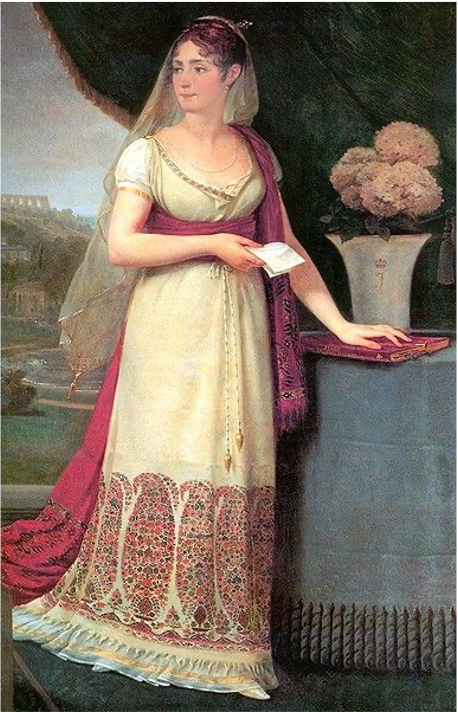
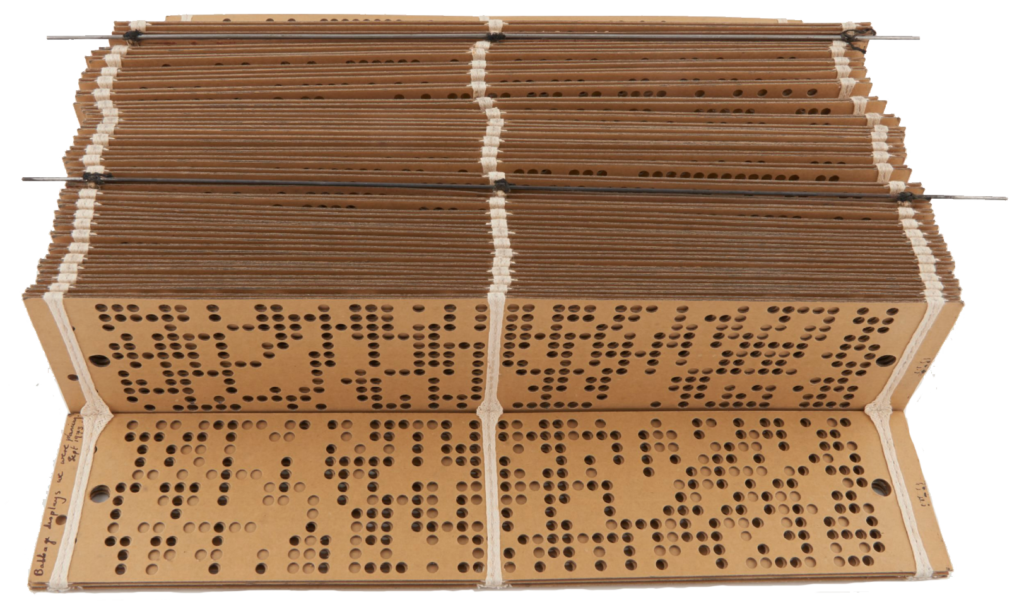
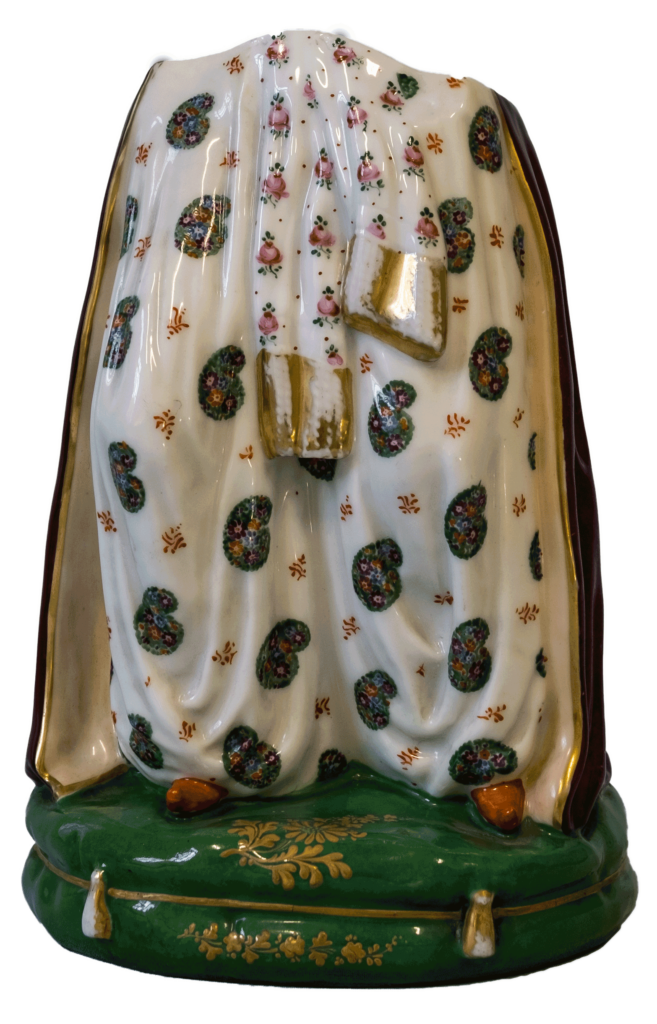
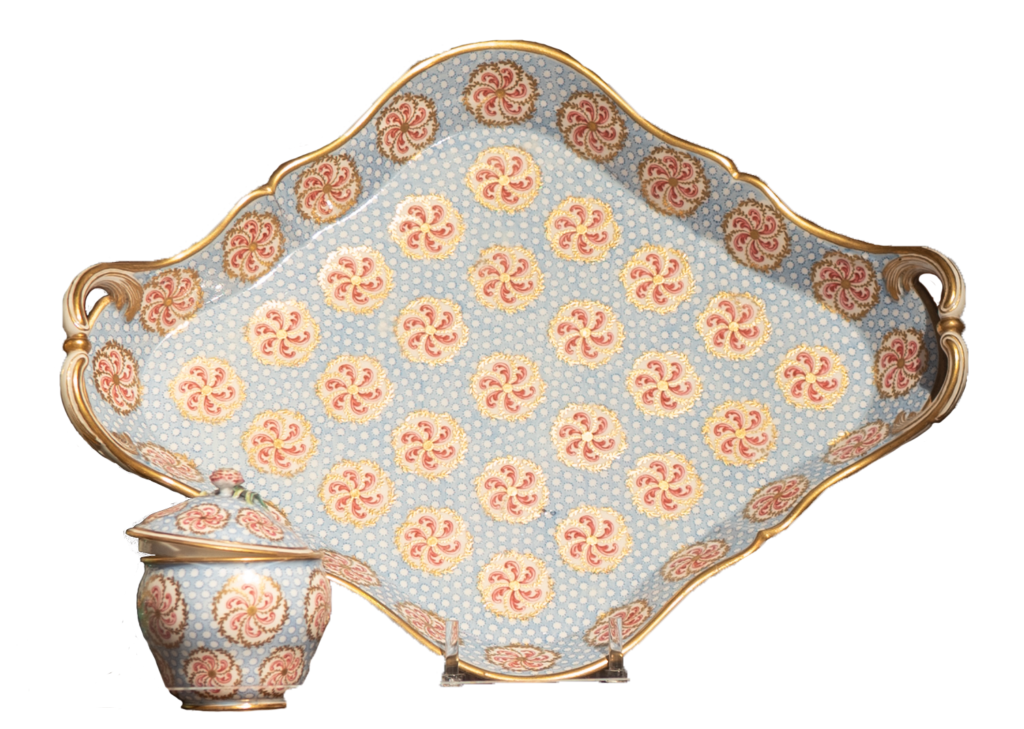
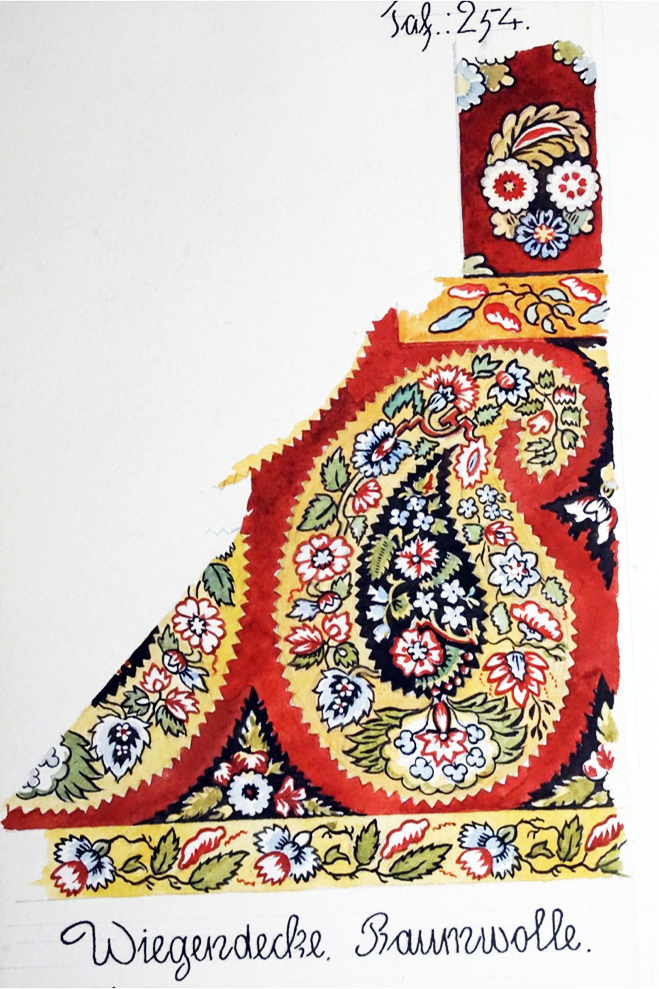

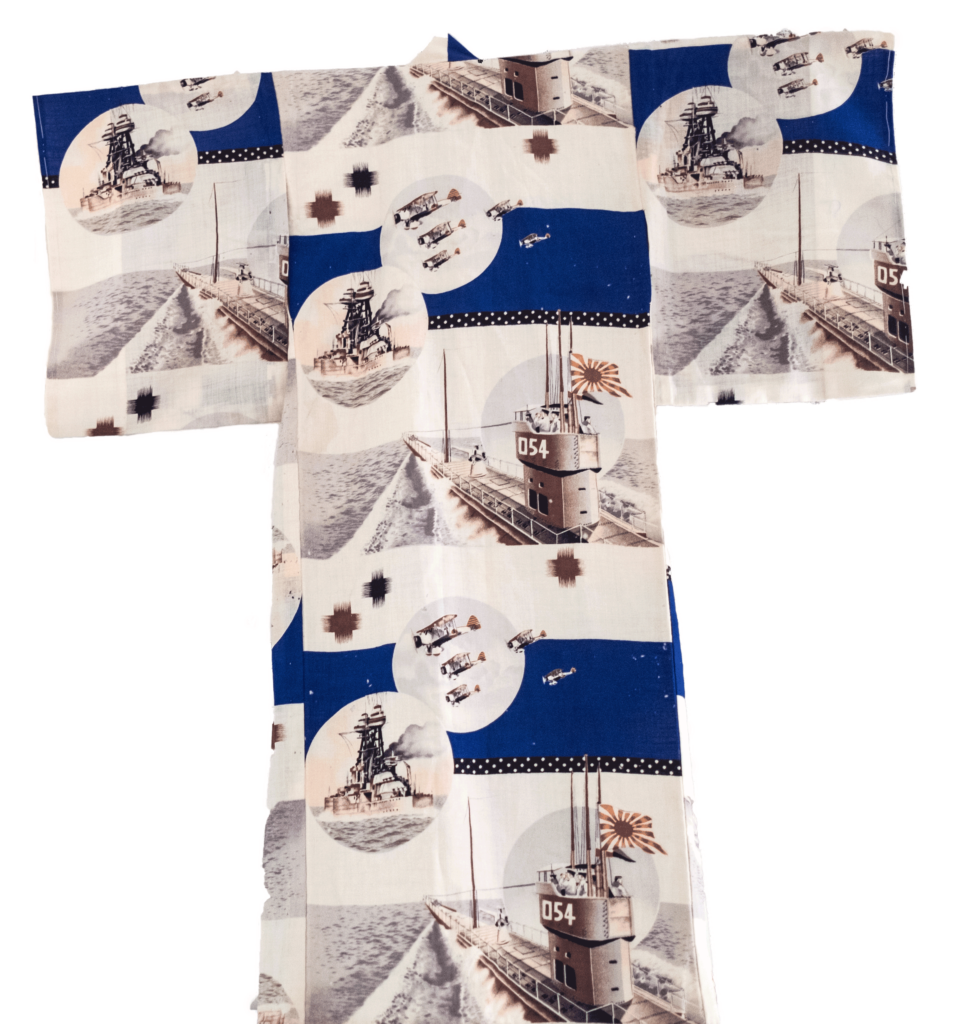

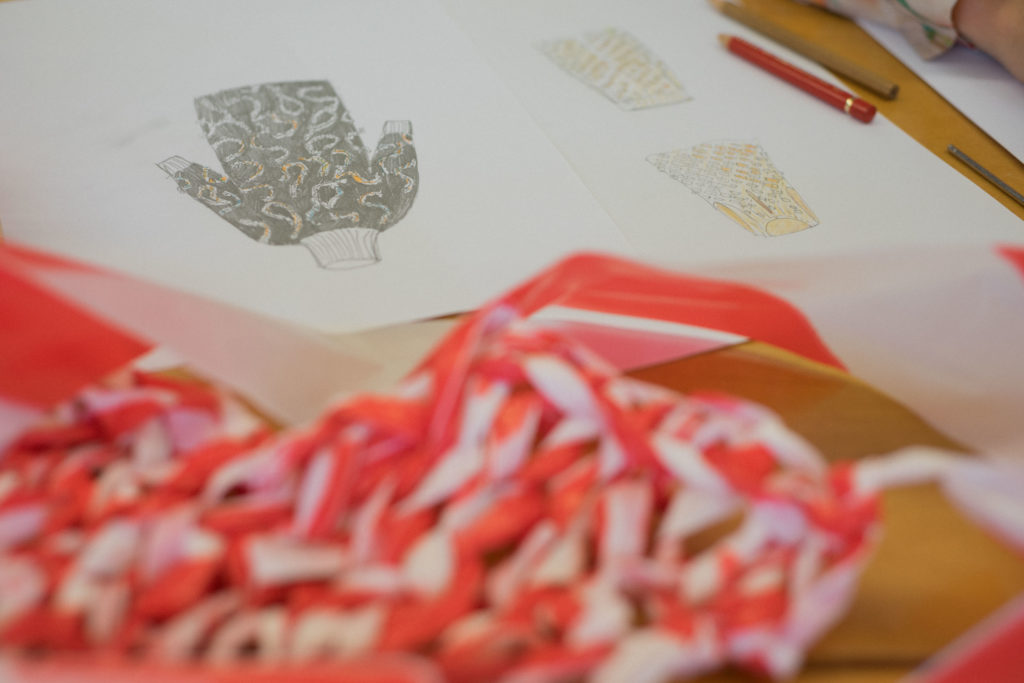

Fictitious Characters*
Sophia Prinz
The political dimension of graphic design is not limited to the task of making catchphrases, slogans, and protest symbols visible and legible in struggles for cultural hegemony. The aesthetic material itself—that is, the form of the writing and its surfaces—also contributes to the political statement. Moreover, one could go so far as to claim that the political, understood as the opening of a space for processes of negotiation beyond established practices and discourses,[1] only becomes reality when established orders of knowledge, perception, and practice are broken down. Thus, the political can lie particularly within a removal of meaning.
Here it is worthwhile to take another look at the fundamental relationship between power and writing. As has become clear since the post-structuralist turn toward the materiality of text, writing cannot be viewed as a simple expression of a pre-existing meaning or idea. Rather, it must be assumed, conversely, that writing in the broadest sense—that is, understood as differentiating forms and putting them into relation—precedes conceptual thinking and acting. Only through concrete, practical engagement with the external world—meaning the discursive, material, and sensory formations of the dispositive—does the subject develop a functioning perceptual and practical knowledge that enables them to orient themselves intuitively in the socio-material world.
Writing is therefore not a passive bearer of a political message or a mere representation of a knowledge of power, but rather brings out the orders that underlie all perception, thought, and action. But what exactly does this fundamental insight mean for the thesis that the political aspect of writing does not lie solely or even primarily in its legibility, but also in the removal of meaning?
Xu Bing’s Book from the Sky (1987–91) could provide some indications of this. In one version of this work, the artist printed black characters on three vertical-format scrolls of Chinese newspaper. These logograms are not legible: they come from a pool of 4,000 fictitious characters that Xu developed based on existing character elements, called radicals, and carved into wooden type. Since Chinese comprises around 90,000 characters, of which a maximum of 4000 are in active use, even highly educated Chinese people cannot easily identify the fictitious characters as such. It is thus a specific form of illegibility that remains related to the basic practices of the production of meaning, but resists understanding.
The political dimension of this illegibility can only be understood against the background of the Chinese governmentality, which has always been closely linked to a culture of writing. Without a sophisticated ‘graphic regime’[2] supported by the elite class of the literati, the establishment and maintenance of the centrally organized Chinese empire would not have been possible. And even after the communist Cultural Revolution, during which intellectuals were disempowered and ‘re-educated,’ ‘writing systems’ (Kittler) played a central role, albeit in a different form. At first glance, Xu’s duplication of characters can therefore be interpreted as a criticism of the Chinese machinery of propaganda and censorship: the overprinted newspaper reports appear as empty of content as Xu’s fictional characters—though in another guise. While the latter seem to keep the meaning unresolved, the newspaper aims to narrow down the written content to a single reading—the truth approved by the party. But we would do the work injustice if we interpreted it merely as a negation of the ideological games with the truth. After all, it also refers to other power effects of writing—these include not least the reforms implemented by the Chinese government to simplify and standardize Chinese characters, which reduced the number of strokes within a single character to a maximum of 35 and specified a certain number of standard characters for general use. Even if Xu Bing himself is not uncritical of the script reform,[3] Book from the Sky does not take a clear position on it: it could be understood as a satire on the decadent excesses of meaning of the ancient Chinese culture of writing and as a criticism of the sprawling imperial government administration (which, however, continued under the communist government). Conversely, it could also be interpreted as a reminiscence of the calligraphic tradition of the cursive script cultivated by the literati, which largely distanced itself from its designative function in favor of the aesthetic impression of the gestural stroke. Such an interpretation would also make sense insofar as many of the simplified characters, which previously originated in the elitist cursive script, served as the basis for the communist script reform. In contrast to the literati, however, Xu deliberately dispensed with individual expression.[4] The appearance of the characters he designed is based on a widespread typeface that has been used since the Song dynasty in the twelfth century for book and newspaper printing and must therefore look familiar to a broad Chinese audience.[5]
Even though these interpretive approaches only scratch the surface of the multiple cultural-historical allusions of Book from the Sky[6]—the history of Chinese written culture is extremely complex—they can be used to draw some conclusions about the question posed earlier of the political effects of writing and non-meaning. As was already alluded to, Xu Bing’s play with legibility and illegibility demonstrates that writing can open up a space of possibility for critical practice even if it does not itself convey a literal statement.
Here, with Foucault, ‘critical practice’ is understood as a performative attitude which, based on the perceptual and practical knowledge gained in a dispositive, relates itself to that dispositive in a critical and distancing manner. A critical practice can therefore never claim to be final, but always exists in relation to the historically and culturally specific complexes of power and knowledge. In this sense he also describes criticism as an “art of not being governed quite so much”—that is, “not to be governed like that, by that, in the name of those principles, with such and such an objective in mind and by means of such procedures, not like that, not for that, not by them.”[7]
The non-meaning or the subversion of meaning in the sense of a critical practice can consequently not be limited to a banal insignificance or incomprehensibility, as is frequently the case in everyday practice. Rather, it is a very specific form of removal that intervenes in the prevailing practices and orders of meaning.[8] Such an intervention can only succeed if it makes use of the media that—like the conventionalized characters—normally function as bearers of meaning in the respective dispositives. Xu’s Book from the Sky can therefore only be perceived by viewers as a critical examination of Chinese governmentality because it adopts and shifts its formal elements and mechanisms at the same time. Or, to put it another way: the practice of non-meaning is only an “art of not being governed quite so much” if it makes the way in which the existing forms of meaning function in relation to power and technology understandable through these very forms.
With reference to Theodor W. Adorno’s negativity-theoretical aesthetics, it could be asserted that an aesthetic element is always inherent in such a critical writing practice of non-meaning. After all, according to Adorno, an artwork is characterized precisely by the fact that it adopts formal elements of the ‘empirical’ world but does not combine them into a coherent, identifiable unit. The artwork thus appears as “a script with broken or veiled meaning,”[9] which stimulates a process of understanding that, unlike the intuitive understanding of conventional mass-cultural forms, can never be completed.[10] This infinite postponement of understanding causes intuitive identification of the visible to recede in favor of an explicit attention to the formal properties of the aesthetic material. In summary, in an aesthetic experience, not only the fundamental relationship between meaning and materiality itself becomes apparent, but also the implications of intuitive understanding, which are taken for granted.[11]
This idea can be reformulated in terms of practice theory with reference to Foucault: by shifting, manipulating, or rearranging the forms on which the sensorial order of a dispositive is based, the subjects’ implicit perceptual and practical knowledge is appealed to, but at the same time disoriented—and only in this disorientation can the power effects of the sensorial order of the dispositive, which are not explicitly perceived in undisturbed practice, be aesthetically experienced as such.
While Adorno restricts his analysis of the aesthetic to the artwork in the narrower sense, these considerations can easily be applied to graphic design: since writing is not only conceptually but also formal-aesthetically linked to a governmentality, a critical practice that opposes precisely these forms of governance cannot reproduce existing design practices in an unreflecting manner. Instead, it must work on the existing discursive, material, and sensorial formations of a dispositive in order to be able to introduce a critical distance to them. This critical distance cannot—as in the case of artworks—consist in a mere failure of intuitive understanding. In political disputes, it is essential that non-hegemonic positions are made audible and visible. However, graphic design can show that these positions not only call for a shift in the governmental space of possibility on a discursive level, but that their “art of not being governed quite so much” necessarily entails a transformation of the sensorial order. Such a transformation can only take place if the medium of writing reveals its own function in regard to the technology of power.
[1] The following remarks are primarily based on Foucault’s concept of power and criticism. A similar understanding of politics, which locates the ‘political’ beyond established social orders and power relations, can also be found in Ernesto Laclau/Chantal Mouffe and Jacques Rancière.
[2] Cf. Hajime Nakatani: ‘Imperious Griffonage: Xu Bing and the Graphic Regime,’ Art Journal, vol. 68, no. 3, 2009, pp. 6–29.
[3] In a conversation in 1999, Xu explains why the script reform was particularly memorable for his generation: “My generation of artists has a very strange relationship with words. During the Cultural Revolution, Mao was promoting simplified characters. We spent a lot of time memorizing new words. Then they would change the words the next year. And then they would change them again…. It was really confusing. Not only with respect to language but culturally.” (Simon Leung with Janet A. Kaplan: ‘Pseudo-Languages: A Conversation with Wenda Gu, Xu Bing, and Jonathan Hay,’ in: Art Journal, 1999, vol. 58, no. 3, 86–99, p. 94).
[4] In the same conversation Xu makes clear: “I’m not particularly attracted to calligraphy because it is too self-expressive, too individualistic, too emotional for my purposes.” (Simon Leung/Janet A. Kaplan: Pseudo-Languages, p. 89).
[5] The choice of printing technique can also be seen as a critical commentary on the Eurocentric history of media and technology, which declares printing with movable type to be a European invention, even though this technique was developed in China 400 years earlier.
[6] For an up-to-date, in-depth examination of Xu Bing’s oeuvre, see Sarah E. Fraser, Yu-Chieh Li, (eds.): Xu Bing: Beyond the Book from the Sky, Singapore: Springer Singapore, 2020.
[7] Michel Foucault: ‘What is Critique?’, in: The Politics of Truth, ed. By Sylvère Lotringer. New York: Semiotext(e), 1997a, p.23-82, pp. 29, 28.
[8] For example, Roland Barthes says: “To create meaning is very easy, our whole mass culture elaborates meaning all day long; to suspend meaning is already an infinitely more complicated enterprise – it is an ‘art.” (Roland Barthes: ‘Literature and Signification,’ in: ibid.: Critical Essays, Evanston: Northwestern University Press, 1972, p. 261–279, p. 272).
[9] Theodor W. Adorno: Aesthetic Theory, London/ New York: Continuum 2002, p. 78.
[10] Christoph Menke characterizes this failure as follows: “Aesthetic experience is a negative event because it is an experience of the negation (the failure, the subversion) of (the nevertheless unavoidable effort at) understanding.” (Christoph Menke: The Sovereignty of Art. Aesthetic Negativity in Adorno and Derrida, Cambridge, Mass./London: MIT Press, 1999, p. 24).
[11] Ibid., chapter 2
*first published in: Offermanns, Ingo (ed.): Graphic Design Is (…) Not Innocent – Scrutinizing Visual Communication Today, Amsterdam: Valiz, 2022

